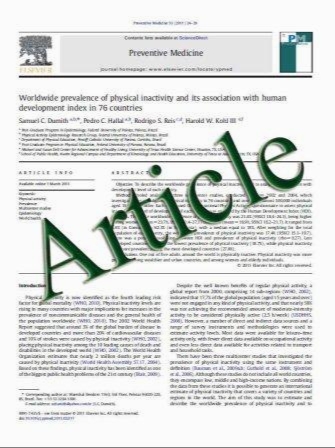Uncharted waters: nephrogenesis and renal regeneration in fish and mammals
- نوع فایل : کتاب
- زبان : انگلیسی
- مؤلف : Alan J. Davidson
- چاپ و سال / کشور: 2011
Description
The major functions of the vertebrate kidney are the removal of metabolic waste and the balance of salt and water. These roles are fulfilled by nephrons, which generally comprise a blood filter (glomerulus) attached to an epithelial tubule. The number of nephrons in the mammalian kidney is set at the end of kidney organogenesis in the late fetal or neonatal period. Subsequent increases in nephron size and functionality then occur during postnatal growth to match increases in body mass/fluid. Because of this strategy of renal development, injuries or birth defects that reduce nephron number lead to a permanent nephron deficit and increase the risk of kidney disease. In contrast to mammals, fish kidneys continue to add nephrons throughout their lifespan. In response to renal injury, fish increase the rate of nephrogenesis, effectively replacing lost nephrons and maintaining their nephron endowment. A better understanding of the remarkable nephrogenic abilities of fish kidneys may lead to innovative ways to restore nephrogenesis in the adult mammalian kidney. This review examines our current understanding of nephrogenesis in mammals and fish and explores possible explanations for why fish, but not mammals, utilize a perpetual nephrogenesis strategy to grow and maintain their kidneys.
Pediatr Nephrol (2011) 26:1435–1443 DOI 10.1007/s00467-011-1795-z Received: 2 November 2010 / Revised: 19 January 2011 / Accepted: 24 January 2011 / Published online: 19 February 2011


